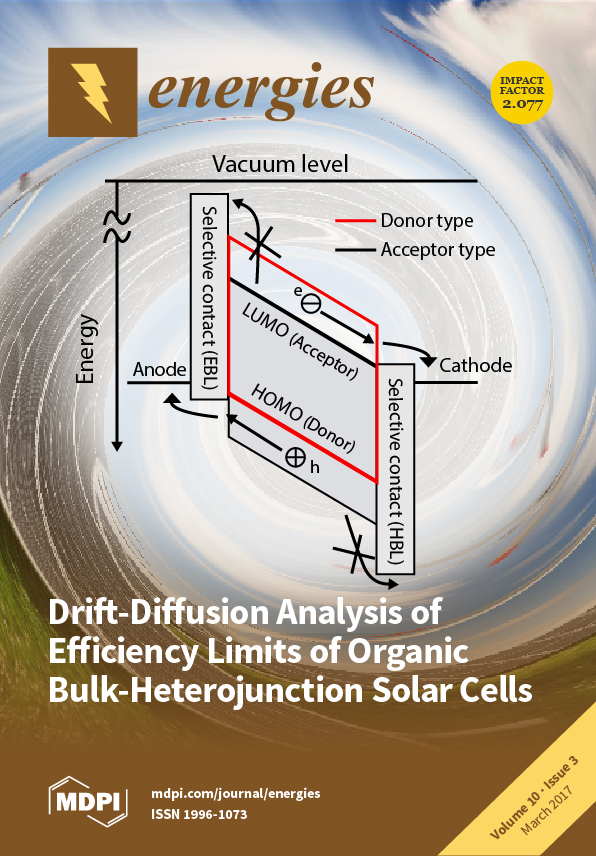Open AccessArticle
Doping-Induced Isotopic Mg11B2 Bulk Superconductor for Fusion Application
by
Qi Cai 1, Qianying Guo 1, Yongchang Liu 1,*, Zongqing Ma 1,2, Huijun Li 1, Wenbin Qiu 2, Dipak Patel 2, Hyunseock Jie 2, Jung Ho Kim 2, Mehmet Somer 3, Ekrem Yanmaz 4, Arnaud Devred 5, Vladimir Luzin 6, Amanullah Fatehmulla 7, Wazirzada Aslam Farooq 7, Daniel Gajda 8, Yoshio Bando 9, Yusuke Yamauchi 2,9, Subrata Pradhan 10 and Md. Shahriar A. Hossain 2,9,*
1
State Key Lab of Hydraulic Engineering Simulation and Safety, School of Materials Science & Engineering, Tianjin University, Tianjin 300072, China
2
Institute of Superconducting and Electronic Materials, Australian Institute for Innovative Materials (AIIM), University of Wollongong, Squires Way, North Wollongong, NSW 2500, Australia
3
Chemistry Department, Koc University, Rumelifeneri Yolu, TR-34450 Sariyer-Istanbul, Turkey
4
Department of Mechatronics, Faculty of Engineering and Architecture, Gelisim University, Istanbul 34315, Turkey
5
International Thermonuclear Experimental Reactor (ITER) Organization, 13115 Saint Paul Lez Durance, France
6
Australian Nuclear Science and Technology Organization (ANSTO), Lucas Heights, NSW 2232, Australia
7
Department of Physics and Astronomy, College of Science, King Saud University, Riyadh 11451, Saudi Arabia
8
International Laboratory of High Magnetic Fields (HMF) and Low Temperatures (LT), Gajowicka 95, 53-421 Wroclaw, Poland
9
International Center for Materials Nanoarchitectonics (MANA), National Institute for Materials Science (NIMS) 1-1 Namiki, Tsukuba, Ibaraki 305-0044, Japan
10
Institute for Plasma Research, Bhat, Gandhinagar 382 428, Gujarat, India
Cited by 23 | Viewed by 5312
Abstract
Superconducting wires are widely used for fabricating magnetic coils in fusion reactors. Superconducting magnet system represents a key determinant of the thermal efficiency and the construction/operating costs of such a reactor. In consideration of the stability of
11B against fast neutron irradiation
[...] Read more.
Superconducting wires are widely used for fabricating magnetic coils in fusion reactors. Superconducting magnet system represents a key determinant of the thermal efficiency and the construction/operating costs of such a reactor. In consideration of the stability of
11B against fast neutron irradiation and its lower induced radioactivation properties, MgB
2 superconductor with
11B serving as the boron source is an alternative candidate for use in fusion reactors with a severe high neutron flux environment. In the present work, the glycine-doped Mg
11B
2 bulk superconductor was synthesized from isotopic
11B powder to enhance the high field properties. The critical current density was enhanced (10
3 A·cm
−2 at 20 K and 5 T) over the entire field in contrast with the sample prepared from natural boron.
Full article
►▼
Show Figures





